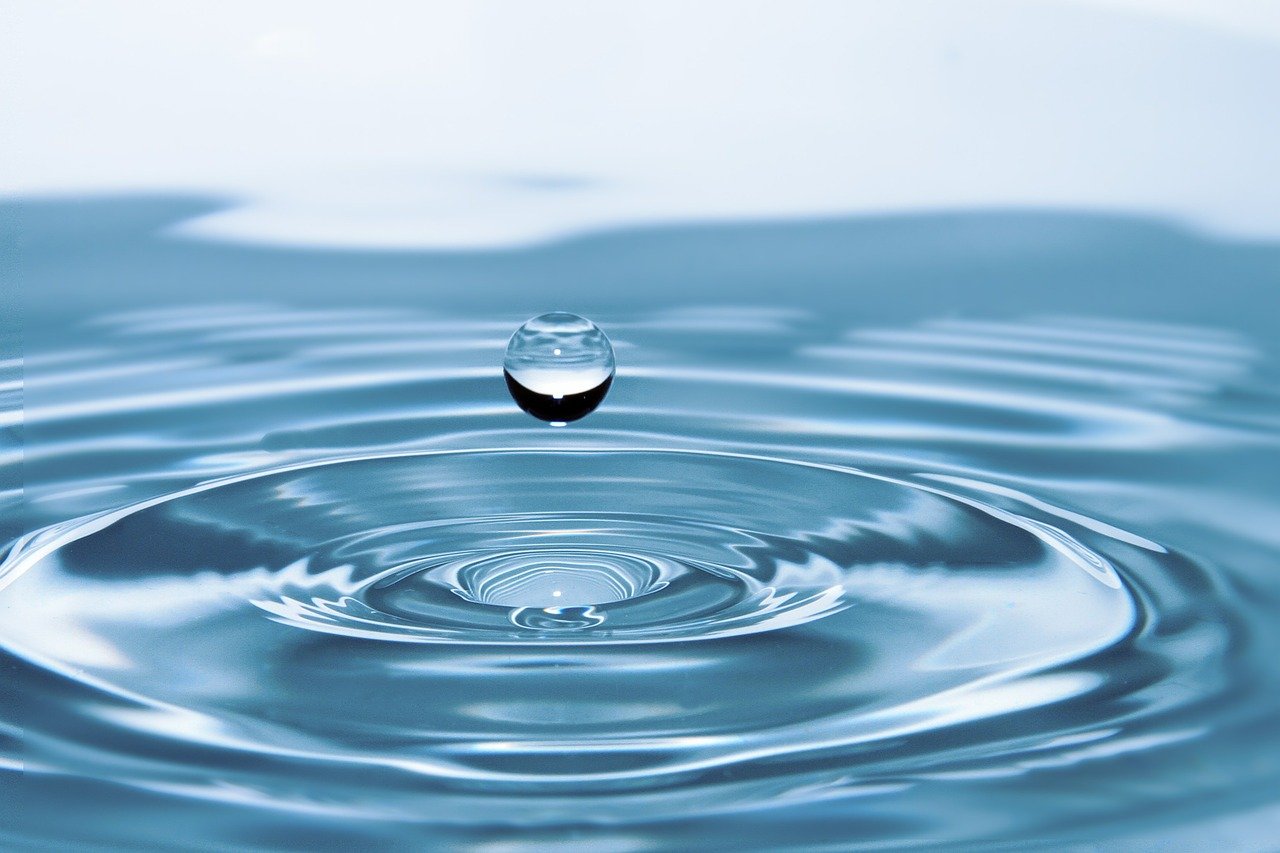
WHAT IS ORP?
ORP, or Redox Potential, is a measurement of water’s ability to oxidize contaminants. The higher the ORP, the greater the number of oxidizing agents. Checking ORP is a simple method to monitor the effectiveness of a sanitizer or the quantity of anti-oxidants in a liquid. In generalized terms for humans, a higher ORP is better for outside of the body, while a lower ORP is preferred for consumption due to the high anti-oxidant value. There are numerous applications for ORP, each with its own specific optimum value. For example, the minimum ORP for pool & spa disinfection (set by the World Health Organization) is 650 mV. Though the WHO has not set a standard for ORP in drinking water, anything below -550mV is considered too strong and not recommended for drinking.
WHY USE ORP?
Most types of water, including tap water and bottled water, are oxidizing agents as their ORP value is positive. Alkaline ionized water is an anti-oxidizing agent, as it has a negative ORP value and it is able to donate extra electrons to neutralize the harmful effects of free radicals on the body. Most other types of water are oxidizing agents as their ORP is positive.
